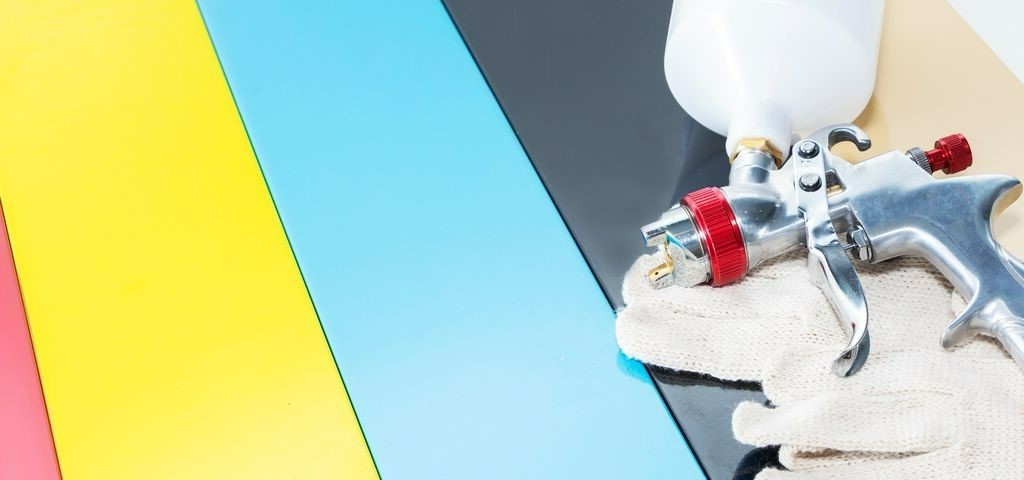

Spray Painting
Spray painting is a painting technique that involves using a spray gun or aerosol canister to apply paint in a fine mist or spray form onto a surface. This method is widely used in various applications, from DIY projects to industrial and automotive painting. Here's an overview of spray painting, its benefits, and some key tips for successful spray painting:
Benefits of Spray Painting:
- Uniform Coverage: Spray painting provides a more even and consistent coat of paint compared to traditional brush or roller methods. It reduces brush marks and streaks, resulting in a smoother finish.
- Speed: Spray painting is typically faster than other painting techniques, making it an efficient choice for large projects or when time is limited.
- Versatility: It can be used on a wide range of surfaces, including wood, metal, plastic, and more, making it a versatile choice for various applications.
- Professional Finish: Spray painting often yields a professional and high-quality finish, making it ideal for furniture, automotive, and other projects where a flawless appearance is desired.
Key Tips for Successful Spray Painting:
- Preparation: Proper preparation is crucial. Clean and sand the surface to remove dirt, dust, rust, or old paint. Ensure the surface is smooth and dry.
- Safety: Always wear appropriate safety gear, including a respirator mask, safety goggles, and gloves, to protect yourself from inhaling fumes and paint particles.
- Environment: Spray paint in a well-ventilated area or, preferably, outdoors to minimize fumes and overspray. Use drop cloths or masking tape to protect nearby surfaces from paint mist.
- Practice: Before starting your project, practice on a scrap surface to get a feel for the spray gun's or canister's pressure and pattern.
- Distance and Angle: Maintain a consistent distance (typically 6-12 inches) between the spray nozzle and the surface. Hold the nozzle at a perpendicular angle to the surface, moving in smooth, overlapping passes.
- Even Pressure: Apply even pressure on the trigger or button for a consistent spray. Start and stop each pass slightly beyond the target area to prevent paint build-up.
- Multiple Coats: Apply thin, multiple coats rather than a single heavy coat to avoid drips and ensure even coverage. Wait for each coat to dry before applying the next.
- Dry Time: Follow the recommended drying time between coats and after the final coat. Rushing the drying process can lead to uneven or compromised finishes.
- Cleaning: Clean the spray gun or nozzle thoroughly with the appropriate solvent or cleaner immediately after use to prevent clogs and maintain its functionality.
- Cleanup: Dispose of used aerosol cans or paint waste responsibly, following local environmental regulations.
Spray painting is a versatile and efficient method for achieving professional results in various painting projects. With proper preparation, technique, and safety precautions, you can achieve a smooth and even finish on a wide range of surfaces. Whether you're working on furniture, automotive parts, or DIY home projects, spray painting can be a valuable skill to have.
